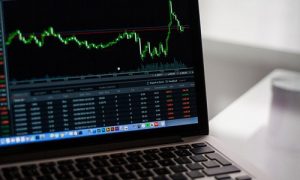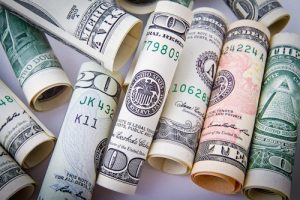Any good business journalist regularly heads to a company’s financials to see what is going on. They can be obscure, but there is a lot to learn from the metrics a company publishes.
Then there are the times you have to dig further and become your own analyst. By taking the numbers you’re offered and doing some simple calculations, you can arrive at insights and story topics you’d otherwise miss. Here are some examples from the past.
Square: Profit is how much you keep, not what you make
Questions of revenue and earnings are important in business. Cranking up revenue can look good, but if a company doesn’t keep enough, the earnings can become problematic. Miss out on enough revenue compared to competitors and your rivals will have a major advantage.
Payment processor Square, the company Jack Dorsey runs in addition to Twitter, filed for an IPO in the fall of 2015. I looked at transaction costs and the percentage of revenue, after direct costs, that the company kept. That amount was only 36.5 percent, and chargebacks in the first six months of reported operations were about 15 percent of gross profit. That seemed low compared to equivalent numbers from PayPal in its first quarter after the spin-off from eBay. The latter kept 64 percent. In the context of the IPO, it suggested that either Square was trying to be a loss-leader in the field or expected to make a significant amount of future profit from software and data products.
Groupon: Customer fall-off means more marketing
Groupon had been controversial throughout its IPO process, especially as regulators questioned some of the self-defined financial metrics in its filings. I had been following the company with Jim Edwards, founding editor of Business Insider UK and a former writing colleague. Jim did some calculations and noticed that Groupon depended on float, which is the money a company has on hand between the time it receives consumer payments and when it pays vendors. The differential allowed Groupon to avoid running in the red by hundreds of millions of dollars. That could have a big impact if and when growth declined.
One of my contributions to our reporting was a graph that showed average deals per customer by quarter, as well as average gross and net revenue by customer, all based on numbers Groupon had reported. It showed that people quickly tired of the deal onslaught and effectively opted out, which meant Groupon had to spend more in marketing to keep the machine going. The company had to find new roads to revenue. Its stock today is a still a fraction of the opening price.
LinkedIn: Advertisers demand frequent visitors
In 2011, LinkedIn had filed for its IPO. The numbers looked really good, with actual profits, often a rarity in the tech world, especially among social networks. But Jim Edwards carefully read through the S-1 (the SEC filing that precedes the IPO) and noticed the following: “a substantial majority of our members do not visit our website on a monthly basis, and a substantial majority of our page views are generated by a minority of our members.”
That was a problem because at the time, 32 percent of the company’s business was ad revenue. I plugged in some additional numbers, calculating the percentage change in membership growth between quarters. Things were slowing. If you calculate the current percentage of revenue provided by the marketing solutions division, of which ads are a part, it’s 19.4 percent. An early analysis suggested how the business model would likely have to shift.
Poking around isn’t always guaranteed to uncover something important. But it can be a great investment for a business journalist.











